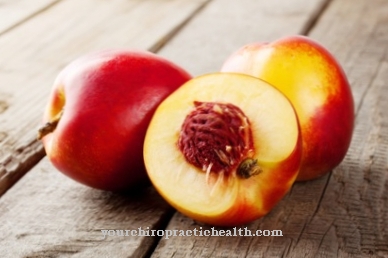Anthelmintics (wormers) are drugs used to combat parasitic helminths (worms). They are used in both human and veterinary medicine. Treatment with an anthelmintic is also known as worming or deworming.
What are anthelmintics?

Anthelmintics are generally substances that act as specific poisons on various vital functions of worms, while for humans they are largely harmless, if not free of side effects.
They are taken orally and work in the intestines, the worms' habitat. The term anthelmintics describes a spectrum of different active ingredients. There are anthelmintics that are generally effective against cestodes (tapeworms) or nematodes (roundworms), and anthelmintics that are mainly active against one type of worm.
The cestodes include the beef, pork and dog tapeworms that are relevant to humans. The nematodes include roundworms, pinworms and hookworms, which also affect humans.
Medical application, effect & use
Anthelmintics are intended for oral intake and come in the form of tablets or juice. In the homeopathic pharmacy, anthelmintic globules are available. So-called worm herbs - medicinal plants effective against worms - are usually administered in the form of teas.
Most anthelmintics only work against worms, not their eggs. The effectiveness against tapeworm fins is also only limited. These larval stages of dog or fox tapeworms, which are encapsulated in the liver, lungs and, more rarely, other organs, cause the clinical picture of echinococcosis. If the surgical removal of the fins is not possible, long-term treatment with an anthelmintic can at least slow the progression of the disease.
When fighting intestinal parasites, the life cycle of the worms must be considered. In the case of beef and pork tapeworm infestation, single doses of a suitable anthelmintic are sufficient, since the eggs do not pose any immediate danger to humans. In the case of pork tapeworm, however, this is only true to a limited extent; cases of echinococcosis caused by pork tapeworm fins have also been reported.
In the case of roundworms and pinworms, all life stages of the worm are found in the human host. After two to three weeks in the intestine, the first larvae hatch from swallowed pinworm eggs and develop into worms within about two more weeks. After piercing the intestinal wall, roundworm larvae travel through the liver, blood vessels and lungs for about a week until they return to the intestine and become adult worms.
Since anthelmintics are not or only slightly effective against eggs and larvae, it is recommended that the treatment be repeated at least once. In the case of roundworm infestation, the anthelmintic should be taken again after two to three weeks in order to kill the new tapeworms that have developed from the surviving larvae. The most effective treatment for stubborn pinworm infestation is to give an anthelmintic weekly for at least four weeks. This really kills all of the worms that ripen afterwards.
Herbal, natural & pharmaceutical anthelmintics
Often as Anthelmintics Active pharmaceutical ingredients used are mebendazole (trade names: Vermox, Surfol), praziquantel (Biltricide, Cesol or Cysticide), ivermectin (Stromectol), pyrantel (Helmex) and pyrvinium (Molevac, Pyrcon). Mebendazole, ivermectin and pyrantel are effective against pinworms, roundworms and hookworms. Praziquantel works against tapeworms. Pinworm infections are specifically treated with Pyrvinium.
The attack points and mechanisms of action of the anthelmintics are different. Praziquantel, ivermectin, and pyrantel immobilize roundworms and tapeworms, so they are excreted in the stool. Mebendazole and Pyrvinium block the absorption of nutrients in the worms' intestines.
Medicinal plants with an anthelmintic effect are, for example, the Indian wormweed, the native tansy, the worm seed - a species of mugwort native to the Near East - and the worm seed goose foot. The flowers and seeds of these plants contain essential oils that were used in traditional folk medicine as a broadly effective de-wormer. However, due to the toxicity of these plants, self-medication is not recommended.
These medicinal plants form the starting material for a number of homeopathic medicines against worms. Tinctures made from wormweed, worm seeds and worm seed goosefoot are commonly used in homeopathy as wormers under the names Spigelia anthelma, Cina maritima and Chenopodium anthelminthicum, as well as Artemisia abrotanum, the boar's rue.
Risks & side effects
In the case of a single deworming, the side effects of Anthelmintics usually not a big deal. Abdominal pain, nausea, vomiting, headache and muscle pain and rare allergic reactions in the event of hypersensitivity to the active ingredient of the anthelmintic are typical side effects. When used in the long-term therapy of echinococci, these side effects can, however, not insignificantly reduce the general condition and also put a strain on the liver and kidneys.
Some anthelmintics have been shown to be teratogenic in tests with laboratory animals. Treatment with mebendazole during pregnancy is therefore not recommended; therapy with praziquantel, pyrvinium and pyrantel is possible after careful consideration of the options under medical supervision. If deworming is necessary during breastfeeding, the breast milk must be pumped out and discarded during treatment.



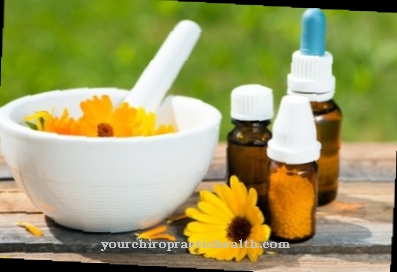




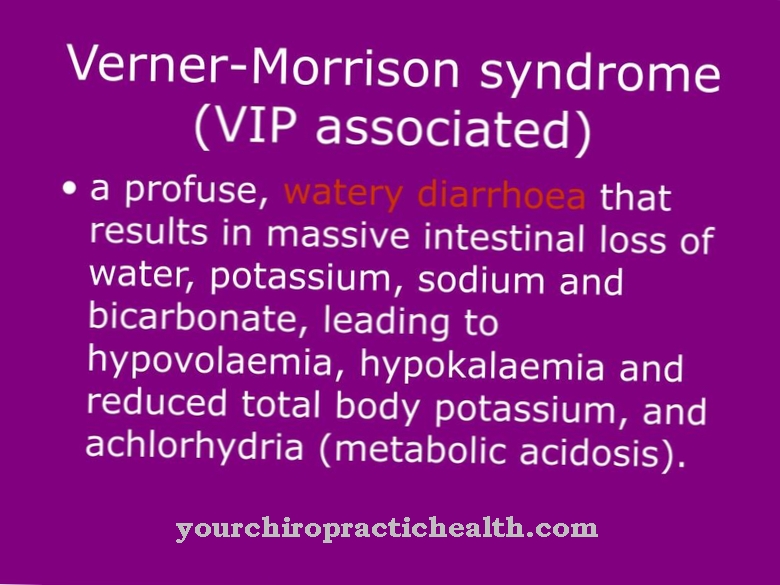
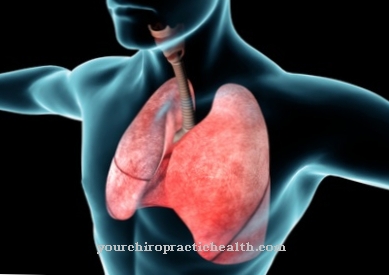


.jpg)
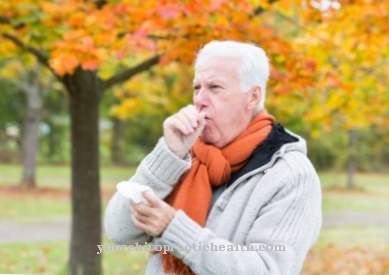
.jpg)

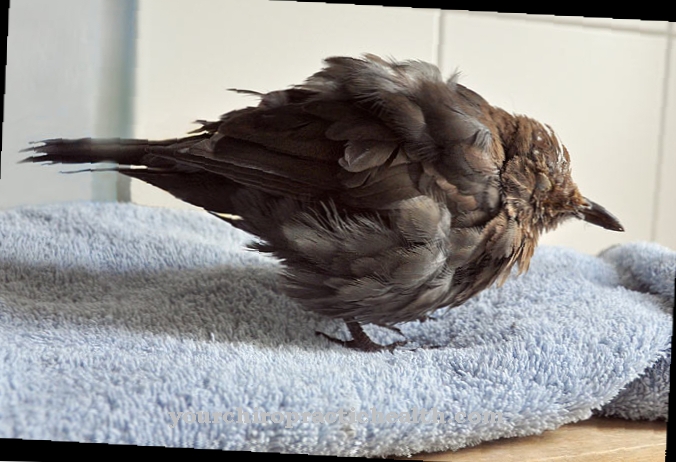
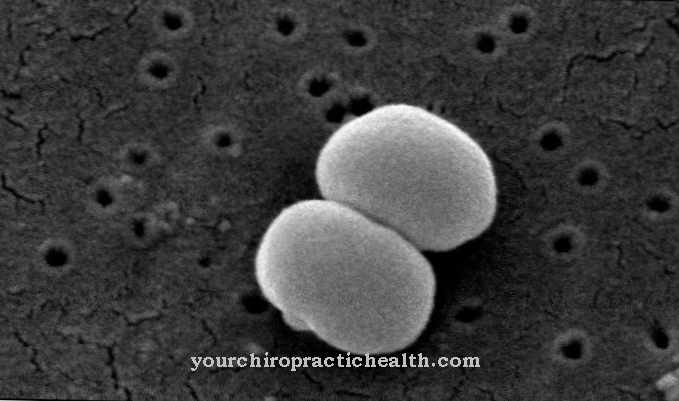

.jpg)


.jpg)




